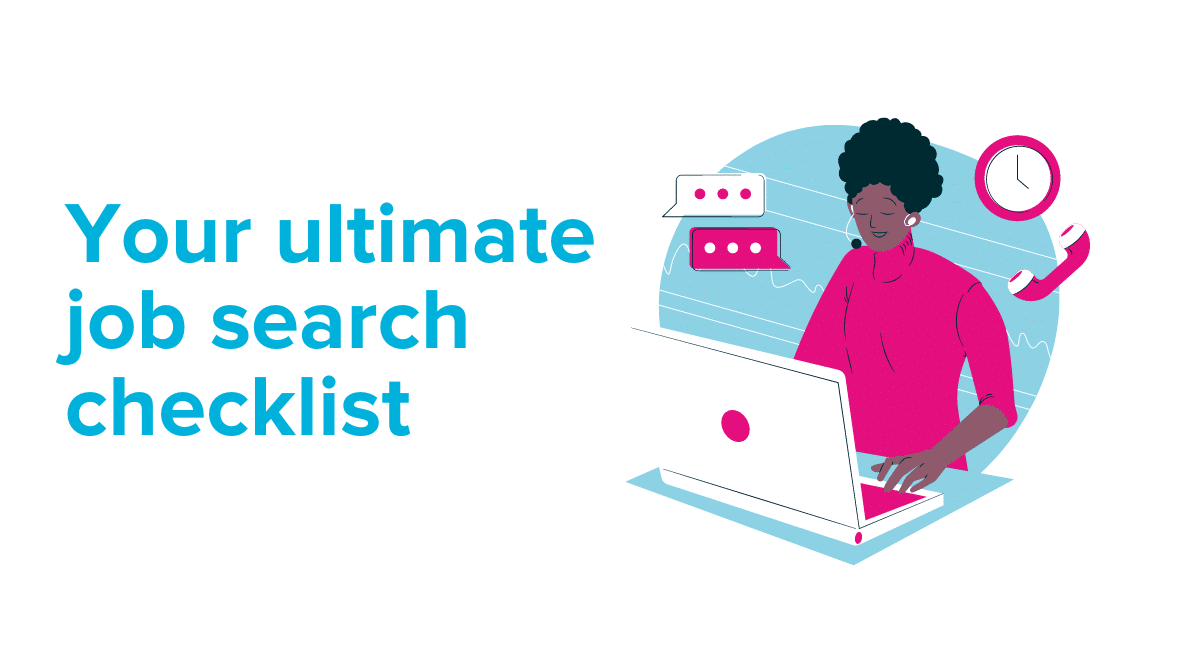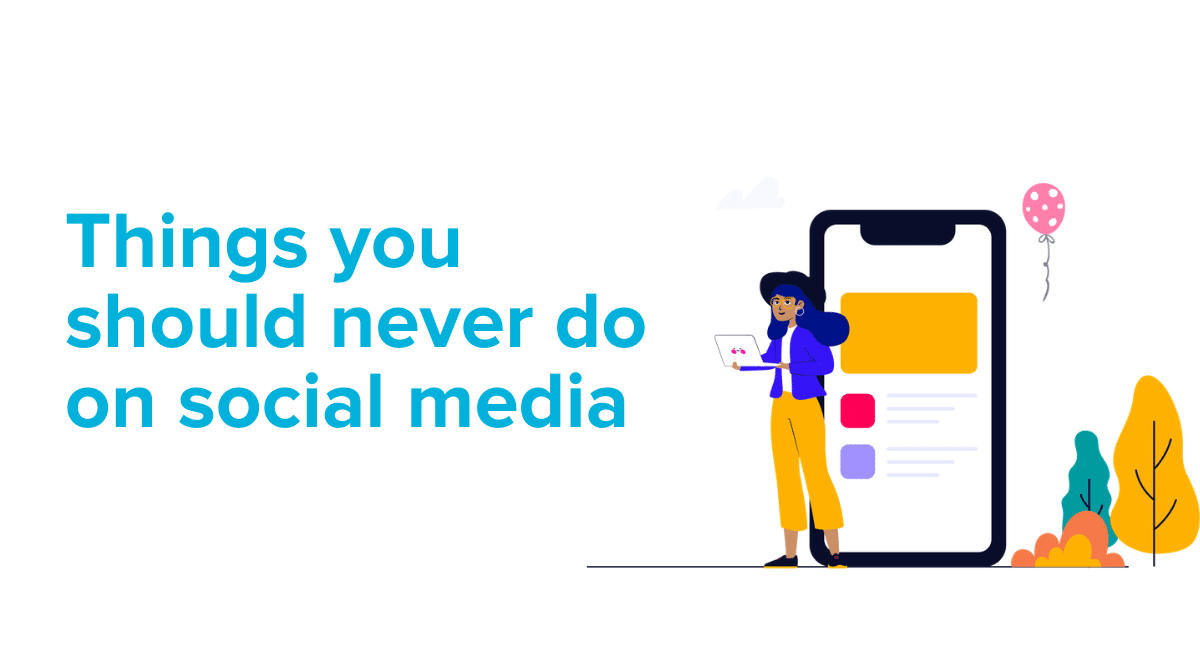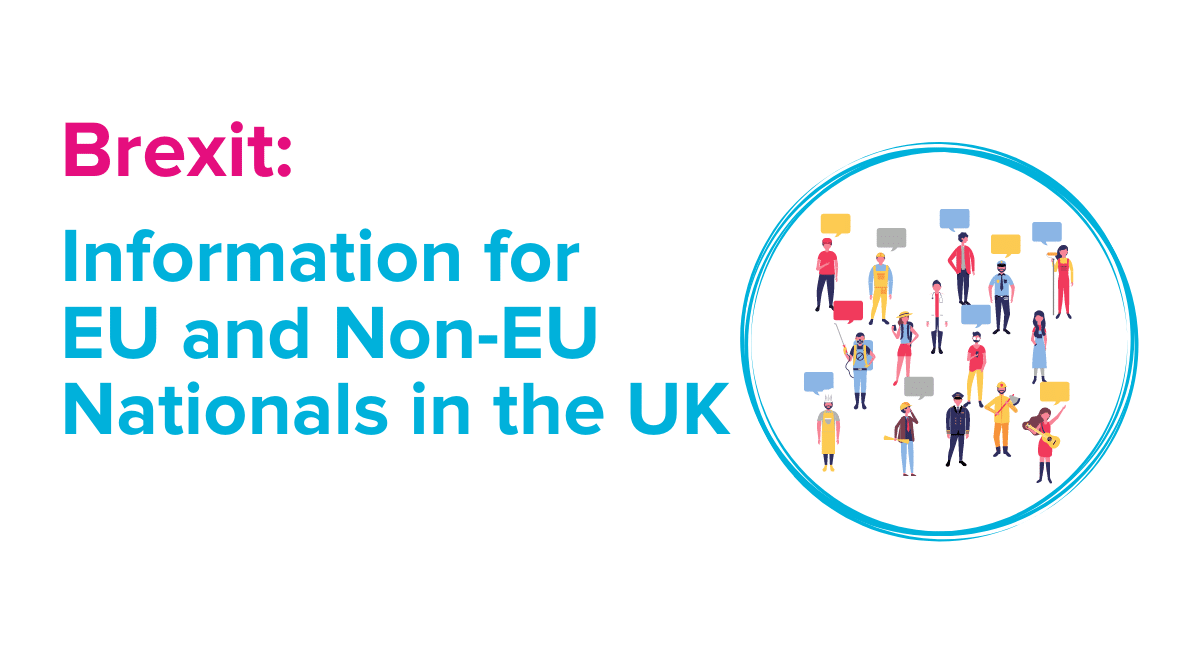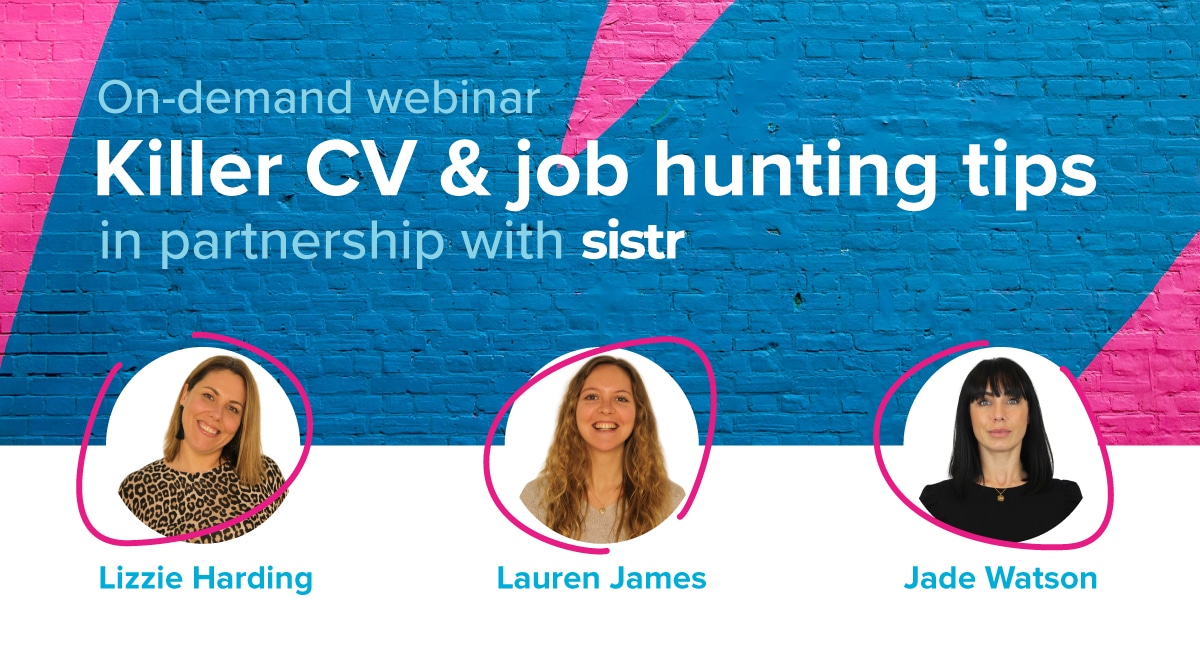
Looking for a new job is easy right? Wrong. Job hunting and trying to prepare yourself for looking for work again can be overwhelming and it can induce a lot of stress. Research suggests that changing jobs is one of life’s most stressful life events. There’s definitely truth in the saying, “Finding a new job is a job in itself”. In this article, we’ve compiled some tips and advice to help you craft your ultimate job search checklist.
Let’s not pretend like it’s not hard. Job hunting can drastically affect your mood and it can be hard to pick yourself up again when you’ve been knocked down. There’s no right or wrong when it comes to job hunting but we truly believe that if you use some of the resources in this guide, it will make sure that you are prepared, positive and feeling organised for your job search.
1. Create a folder with all of your job-hunting materials
Before you start crafting your ultimate job search toolkit, make sure that you create an easy to locate folder which contains your CV, cover letter template and all of the other essentials mentioned in this guide. It will make it much easier when you are trying to organise your job search.
If you are filling out applications online (those long forms), be sure to also save a copy in this folder to save yourself the hassle of continuously having to create new content from scratch.
2. Make sure you have an up-to-date CV
One of the main things that you will need when you are jobhunting is a CV. Even if you are not looking for a job it is important to always have an up-to-date CV to hand. If you don’t have a formatted CV you can also build and download your LinkedIn profile as a CV or do this on Facebook.
Make sure that you always update your CV with relevant information about your current position, skills, achievements and experience.
3. Update your LinkedIn profile and create one if you don’t have one
The digital age means that when looking for a job, if you have an online presence (and we recommend that you do), it is important to remember to keep this information up to date. Again, whether actively looking for a job or not, you never know when your dream opportunity may arise. Plus no one likes to scramble to update their profiles and details at the last minute.
If you don’t have a LinkedIn profile. Make one. If you have one – go and check if it is up to date. This includes your profile, latest job, skills, etc. Also, it helps to reach out to your network for ‘Recommendations’ when you are updating your profile.
4. Create templates for cover letters
Some jobs ask you to add a cover letter and others don’t. Despite this, whenever you can it is best practice to add a note. I recommend creating a cover letter template for every type of role you are applying for. If you are applying for similar types of roles across the board then you can create one template. This will make it much easier when applying for roles because you will already have one to hand.
5. Create a list of skillsets and achievements needed for the jobs you are applying for
If you are applying for the same types of roles, this should be easier. Each job description should have keywords that you can pick out. Make sure that you collate these keywords and save them into a document. That way, when you are filling out applications, updating your LinkedIn profile or CV, or writing your cover letter you have the keywords which will make you stand out from the crowd.
Don’t just list your responsibilities. Make sure that you shout about your achievements and when you can include your targets, the outcome and utilise numbers and percentages!
6. Perform a social media background check on yourself
You’ve got a great CV and cover letter but you aren’t getting any callbacks. Have you checked if it could be your social media presence which is affecting your success? Google your name and have a quick look.
More and more employers are not only finding their next employees on social media, but they are also using this channel to perform background checks on possible candidates. Ensuring that your social media represents you well has become imperative in 2020 and beyond. Log in to social media (Instagram, Twitter, Facebook, LinkedIn – wherever you are) and do a quick social clean up. You can also make your profile private and restrict access if need be.
7. Make sure that your online and offline portfolio is current
If you work in the creative industry, it is important to make sure that your portfolio is up-to-date (whether it is online or offline). Make sure you give your portfolio a tidy up and add new work once you have it.
8. Create a FAQ guide of the most common application questions and responses
Sometimes looking for a job gets repetitive. You literally have to answer the same sort of questions over and over again. By creating your own personal frequently asked question guide with common application questions and responses will make a world of difference. It is also useful to do this for interviews as well.
9. Bullet point your interview answers and keep them to hand
Even though you may not have got your first interview yet, make sure that you are well prepared. Keep a file with some quick-fire bullets which will help you in your interviews and also your screening calls. You never know when you might get a call from the hiring manager to discuss your application!
10. Create an Excel sheet of the jobs you have applied for, including contact details
This is one of the most important things that you can do to make sure that you are prepared and organised. Keep a spreadsheet of the jobs you have applied for, including where you applied, the date of your application, job title, salary, location, contact details and you can even include notes with the reasons for applying, skillsets needed – whatever works best for you.
This is useful to track your applications and is extremely handy when you start to get callbacks. If you are applying for a lot of jobs it can be hard to remember them all so this will be your saving grace.
11. Set up job alerts on job boards, LinkedIn, Google and via company websites (and wherever you can!)
Remember to set up job alerts on job boards, LinkedIn, company websites, Google and anywhere else you can. That way, you will get email alerts to notify you when relevant opportunities are available and all you need to do is apply!
12. Create a template for email follow-ups (after applications)
Make sure that you have a brief and succinct template ready for your email follow-ups. It is best practice to follow up with hiring managers after applying.
Looking for more job search tips and advice? Check out a few of our other resources which might be of interest to you:
- 10 job hunting tips, straight from the person looking at your CV
- Salt’s CV guide
- 10 tips on how to build a standout LinkedIn profile
- How to make a career change
- Is industry experience necessary?
- Types of jobs hiring during the coronavirus pandemic
- In-demand tech skills and industries to target your job application


